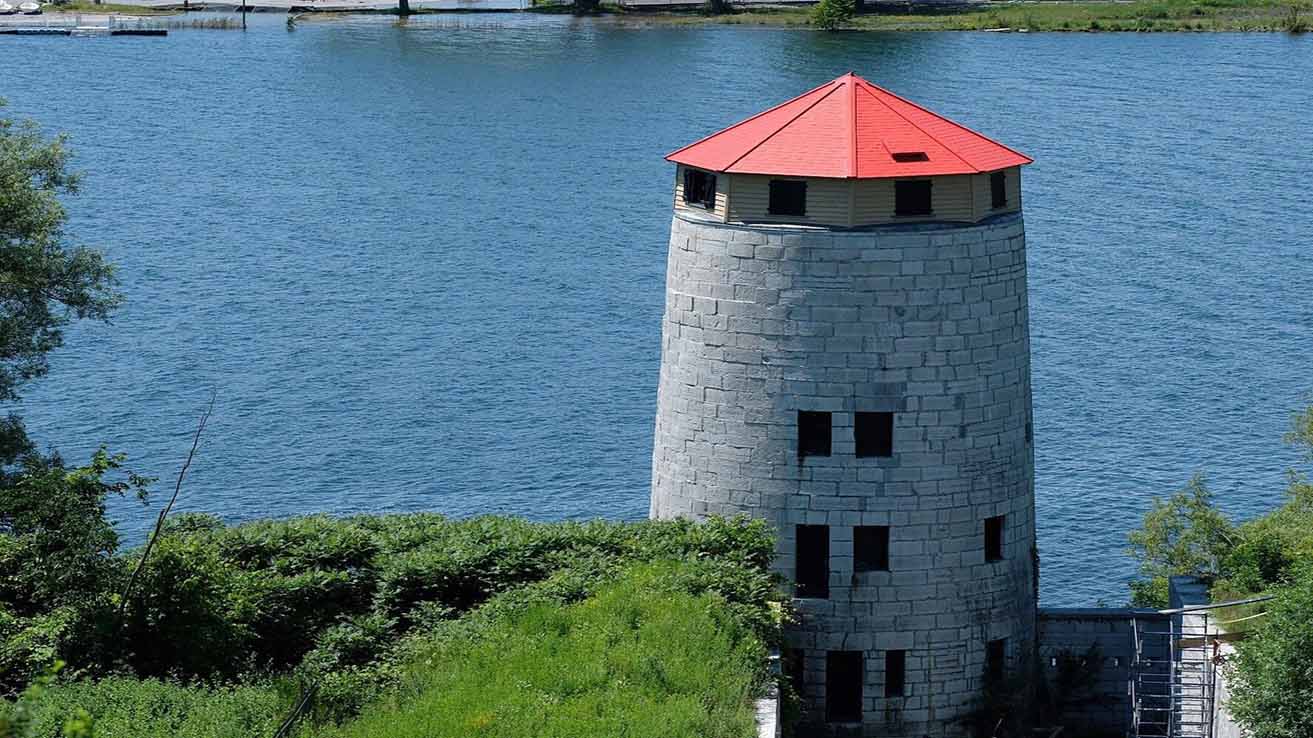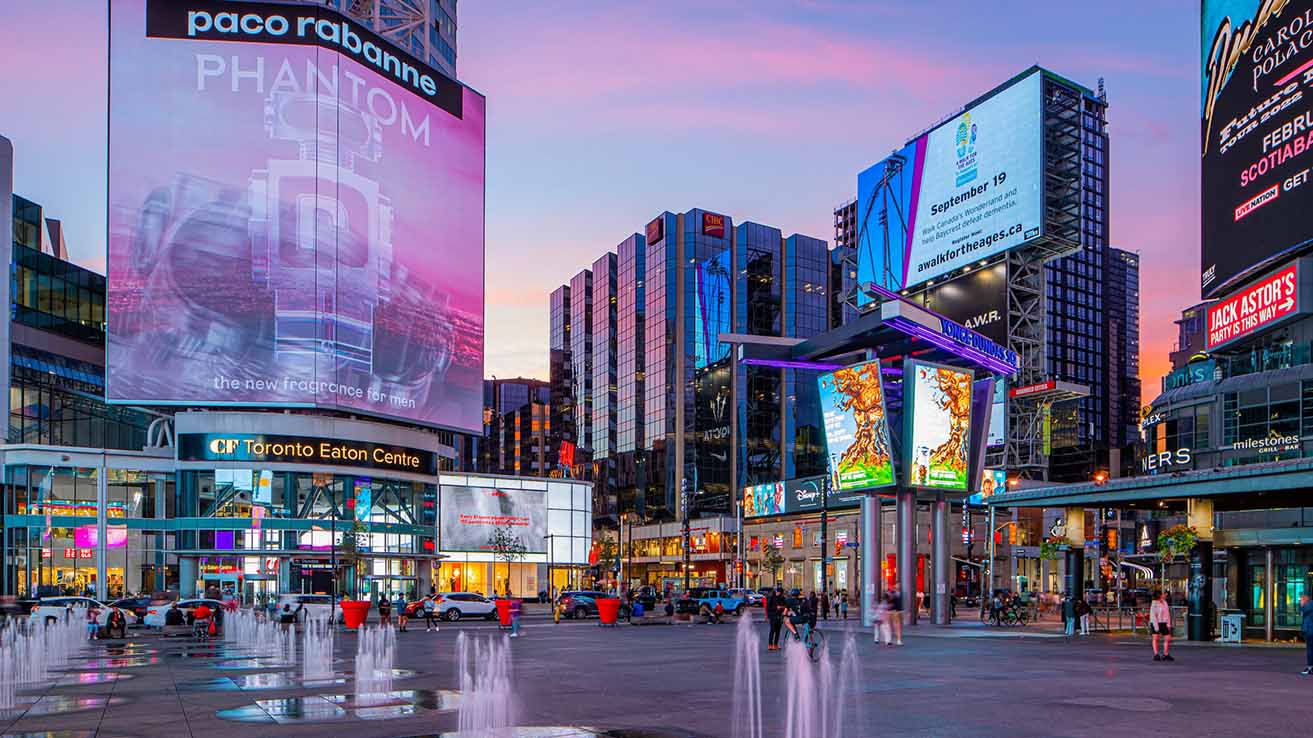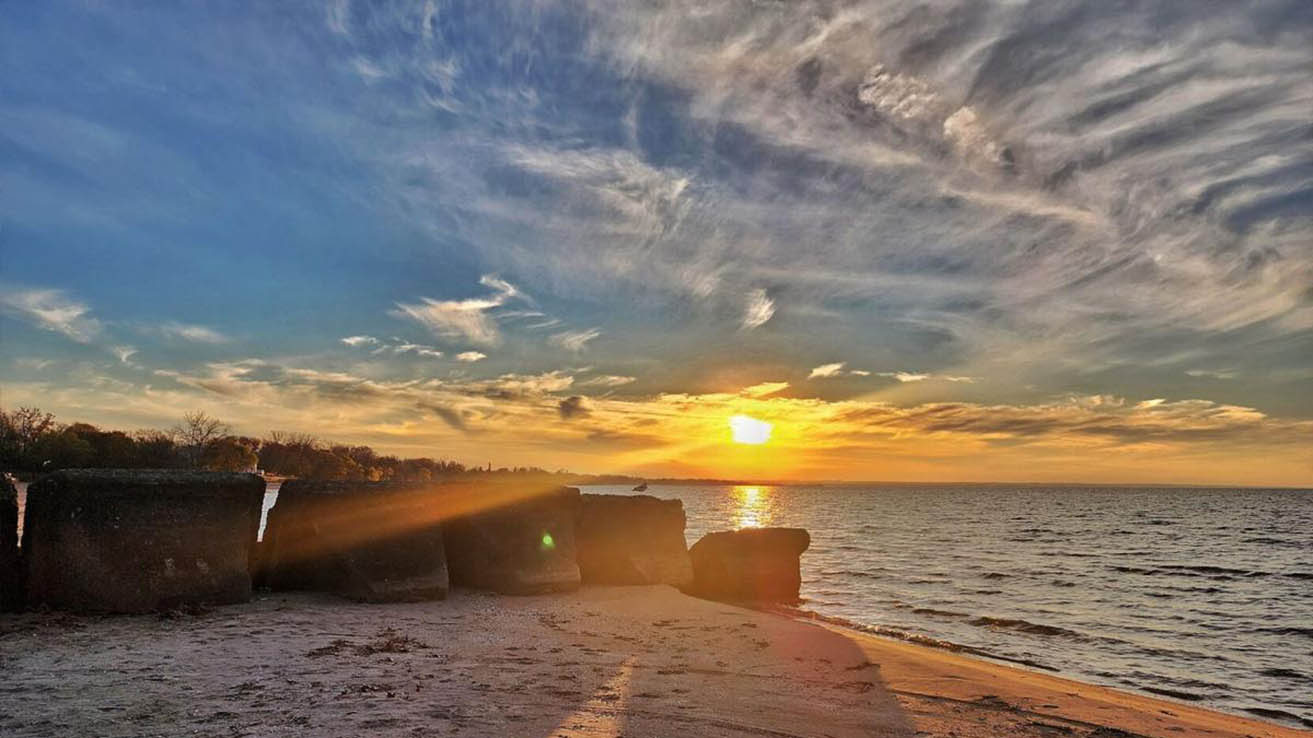There are cities in Canada that make you fall in love at first sight, and then there is Kingston—the kind of place that reveals its charm slowly, like a historic novel unfolding page by page. My first trip to Kingston, Ontario, was meant to be a simple weekend getaway. Instead, it became an immersion into Canada’s layered history, an experience that left me deeply connected with this city on the shores of Lake Ontario.
The drive from Toronto to Kingston is roughly two and a half hours along Highway 401, and as the car rolled closer, the landscape shifted from bustling suburbs to quieter rural stretches. The closer I came to Kingston, the more I sensed a different rhythm. Kingston is not just another stop between Toronto and Ottawa—it was once the very first capital of the Province of Canada in 1841, and its streets still echo with the voices of soldiers, merchants, politicians, and students who shaped the country.
Stepping into Kingston felt like stepping into a living history book. The limestone buildings, often referred to as the “Limestone City,” carry an old-world dignity. The lake breeze drifting from Lake Ontario mixed with the sound of bells from Queen’s University in the distance, creating an atmosphere that was at once vibrant and nostalgic.
I had read that Kingston was a city of paradoxes—old yet young, historic yet innovative, small-town friendly yet cosmopolitan enough to host international festivals. I soon learned this wasn’t just a slogan. Over the days that followed, I explored fortresses, prisons, cathedrals, and waterfronts, each offering me both a history lesson and a personal memory.
Fort Henry National Historic Site
If there’s one landmark that defines Kingston’s historic character, it’s Fort Henry National Historic Site. Located at 1 Fort Henry Drive, Kingston, ON, this fortress sits on a hill overlooking the entrance to the Rideau Canal and Lake Ontario.
My Experience
Walking up the stone path to the fort, I couldn’t help but imagine the 19th-century soldiers marching in step, muskets at the ready. The limestone walls rose massive and intimidating against the skyline, their sheer size a reminder of the fort’s purpose: to defend the young nation from possible American invasions.
Inside, costumed guides welcomed visitors. The fort is not just a museum; it’s a reenactment of 19th-century military life. I watched a precision drill parade, the rhythmic stomps of boots echoing through the courtyard, and for a moment, it felt like I had been transported back 200 years.
Visitor Information
- Hours: Open daily from late May through early October. Winter visits are limited.
- Tickets: Adults around CAD \$20, youth CAD \$12, family passes available.
- Booking: Tickets can be purchased via Parks Canada or on-site. Platforms like GetYourGuide and Tiqets also sell passes in advance.
- Tips: Arrive early in the day to avoid crowds, and if possible, catch the Sunset Ceremony, a spectacular evening performance with music, fireworks, and military drills.
For me, the highlight was standing atop the walls at sunset, looking out at the lake where the water shimmered golden. It was easy to understand why this spot was chosen for defense—the view stretched endlessly, and one could spot any approaching vessel from miles away.
Kingston Penitentiary Tours
Just down the road from Fort Henry is one of Canada’s most fascinating and sobering attractions: the Kingston Penitentiary, located at 560 King Street West, Kingston, ON.
My Experience
I wasn’t sure what to expect. Touring a prison didn’t sound like a typical holiday activity, but this site turned out to be one of the most powerful experiences I had in Kingston. Built in 1835, Kingston Penitentiary was a maximum-security prison until it closed in 2013. Walking through its heavy iron gates, I immediately felt the weight of history.
The guided tour took me through the cell blocks, the segregation wing, and even the exercise yard. Our guide was a retired correctional officer, and his firsthand stories about daily life behind the walls were both chilling and eye-opening. Standing in a tiny cell that once held two men, I was struck by the stark contrast between Kingston’s picturesque exterior and this harsh reality.
Visitor Information
- Hours: Seasonal tours, usually from May through October.
- Tickets: Adults CAD \$35–40, depending on tour length.
- Booking: Must be booked in advance through the Kingston Pen Tours official site. Tickets sell out quickly, especially in summer.
- Tips: Wear comfortable shoes; tours involve a lot of walking. Photography is allowed, but flash is prohibited.
The Kingston Penitentiary is not just about dark history—it’s about reflecting on justice, rehabilitation, and humanity. I left with a heavy heart but also gratitude for the honesty with which the stories were shared.
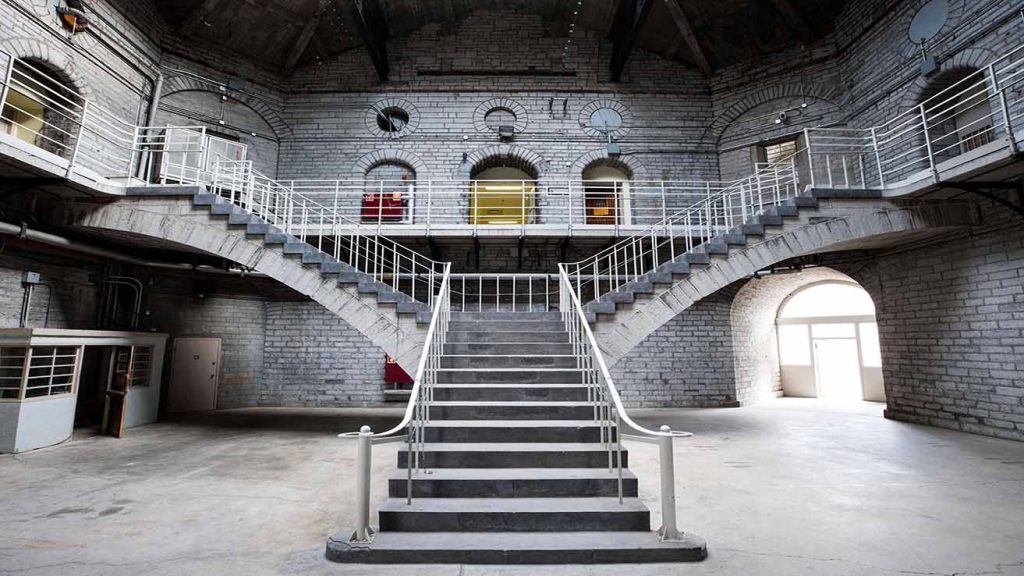
Bellevue House National Historic Site
If Fort Henry represents Kingston’s military past and the Penitentiary its justice system, then Bellevue House showcases the political beginnings of Canada. Located at 35 Centre Street, Kingston, ON, Bellevue House was once home to Sir John A. Macdonald, Canada’s first Prime Minister.
My Experience
Bellevue House is unlike any other historic home I’ve visited. It’s an Italianate villa, painted in striking colors with asymmetrical architecture. Inside, period furnishings and exhibits tell the story of Macdonald’s life, from his humble beginnings to his role in shaping Confederation.
I wandered through the parlors and bedrooms, imagining political discussions over tea and family moments that shaped a leader’s private life. Outside, the heritage garden was blooming, with interpreters dressed in 19th-century attire explaining what families of the time grew and ate.
Visitor Information
- Hours: Open seasonally, late spring to early fall.
- Tickets: Adults around CAD \$7, youth free, family passes available.
- Booking: Tickets can be purchased via Parks Canada or at the entrance.
- Tips: The site is relatively small, so one to two hours is enough. Don’t miss the gardens—they are a photographer’s dream in summer.
For me, Bellevue House was not about glorifying politics but about humanizing history. Standing in Macdonald’s study, I could almost sense the weight of decisions that would shape a country.
Kingston City Hall & Market Square
Right in the heart of downtown, at 216 Ontario Street, stands Kingston City Hall, a grand neoclassical building that dominates the waterfront skyline.
My Experience
City Hall felt less like a government office and more like a monument to civic pride. Built in 1844, its dome and limestone façade spoke of Kingston’s short-lived status as the capital. I joined a free guided tour inside, where I learned about its architectural features, council chambers, and the history of Kingston’s political past.
Outside, Springer Market Square bustled with life. In summer, it hosts a farmers’ market where I picked up fresh maple syrup and handmade crafts. In winter, the square transforms into an outdoor skating rink, surrounded by twinkling lights.
Visitor Information
- Tours: Free guided tours available in summer months.
- Tips: Don’t miss the view at night—the dome is beautifully lit. If visiting in winter, bring skates or rent them nearby to enjoy the rink.
Murney Tower National Historic Site
Another of Kingston’s UNESCO-designated fortifications is the Murney Tower, located at King and Barrie Streets.
My Experience
Murney Tower is a Martello tower, built in 1846 to defend Kingston from American attacks. Inside, the small circular fort houses military artifacts, including cannons and uniforms. It’s much smaller than Fort Henry, but its charm lies in its intimacy.
Standing on the rooftop platform, I had a panoramic view of Lake Ontario. The strategic importance was obvious—the tower could fire upon any ship approaching the harbor.
Visitor Information
- Hours: Open May to September.
- Tickets: Adults CAD \$4, children CAD \$2.
- Booking: Tickets available on-site.
- Tips: It’s a quick visit (30–45 minutes), but combine it with a waterfront walk for a lovely afternoon.
St. George’s Cathedral
At 270 King Street East, St. George’s Cathedral is a spiritual and architectural landmark in Kingston.
My Experience
I wandered inside on a quiet weekday morning, and the moment I stepped through the doors, the hush and stained-glass light transported me. Built in the 1820s, the cathedral is Anglican, with Gothic Revival elements that make it both elegant and solemn.
Visitor Information
- Entry: Free, though donations are welcome.
- Tips: Check if an organ recital or choir practice is happening—they are magical.
Dining in Kingston
Kingston isn’t only about history—it’s also a city for food lovers. I discovered a thriving culinary scene that surprised me.
- Wooden Heads Gourmet Pizza (192 Ontario St.) – Known for wood-fired pizzas; a lively dinner spot.
- Chez Piggy (68R Princess St.) – A Kingston institution with eclectic international dishes.
- Pan Chancho Bakery (44 Princess St.) – Perfect for breakfast; I loved the croissants and coffee.
- Kingston Brewing Company (34 Clarence St.) – Ontario’s oldest brewpub, great for craft beer lovers.
For reservations, I often used OpenTable or Yelp.
Where I Stayed
Kingston offers a wide range of accommodations.
- Budget: The Howard Johnson by Wyndham Kingston (~CAD \$120/night).
- Boutique: Hochelaga Inn (24 Sydenham St.) – a heritage B\&B with charm (~CAD \$180/night).
- Luxury: Delta Hotels by Marriott Kingston Waterfront (1 Johnson St.), rooms from CAD \$250+, with unbeatable lake views.
I booked my stays via Booking.com and Hotels.ca, both offering flexible cancellation policies.
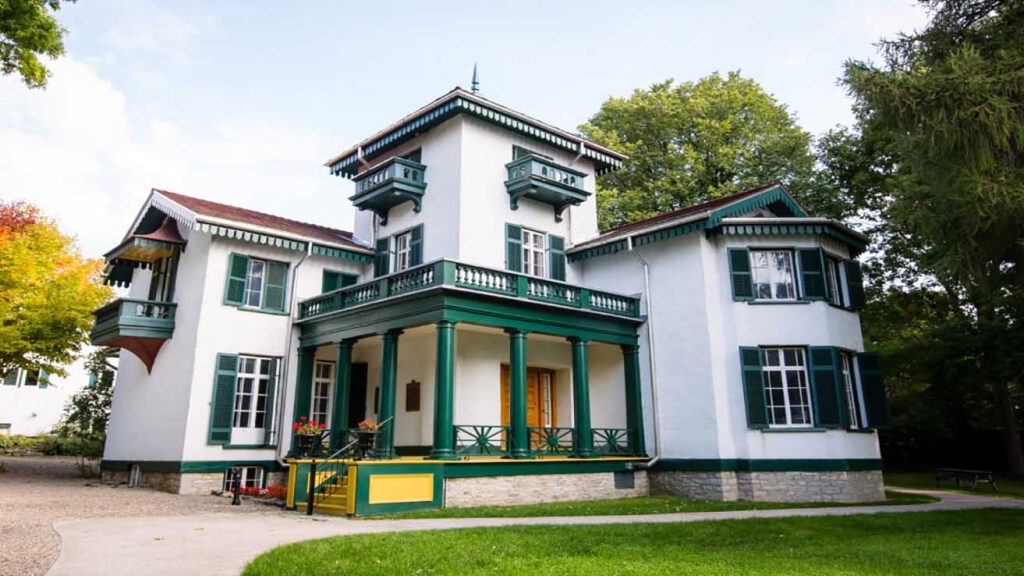
Thousand Islands Gateway
No trip to Kingston is complete without experiencing the Thousand Islands. From the waterfront, I boarded a Kingston 1000 Islands Cruise (departing from 1 Brock St.).
- Tickets: CAD \$40–60 depending on cruise length.
- Booking: Available on 1000islandscruises.ca, or platforms like GetYourGuide.
- Tips: Evening cruises with dinner are especially memorable.
As we sailed, tiny islands dotted the St. Lawrence River, each with its own story. Mansions, lighthouses, and untouched nature passed by as the sun set. It was one of the most beautiful evenings of my life.
Practical Travel Platforms I Used
- Flights: Air Canada, WestJet, and aggregators like Expedia.ca and Kayak.
- Trains: VIA Rail Canada (Toronto–Kingston ~2.5 hours).
- Car Rentals: Enterprise, Hertz, and Turo.
- Accommodation: Booking.com, Hotels.ca, and Airbnb.
- Tickets/Attractions: Parks Canada, GetYourGuide, Tiqets.
- Restaurants: OpenTable, Yelp, TripAdvisor for reviews and reservations.
- Insurance: Manulife, Allianz, Blue Cross Canada.
Reflections and Emotional Connection
By the end of my stay, Kingston had left a lasting mark on me. I came expecting history, and I left with stories—of soldiers who guarded the nation, prisoners who lived behind stone walls, politicians who debated Canada’s future, and citizens who continue to keep their heritage alive.
Walking along the waterfront on my last evening, with the breeze from Lake Ontario and the city lights reflecting on the water, I felt a profound connection to Kingston. It’s not a city you simply visit—it’s a city you experience, one that weaves you into its narrative.
For travelers seeking more than just sights, Kingston offers meaning. It is, in every sense, a living history lesson—and a reminder that Canada’s story is still being written, stone by limestone stone.
